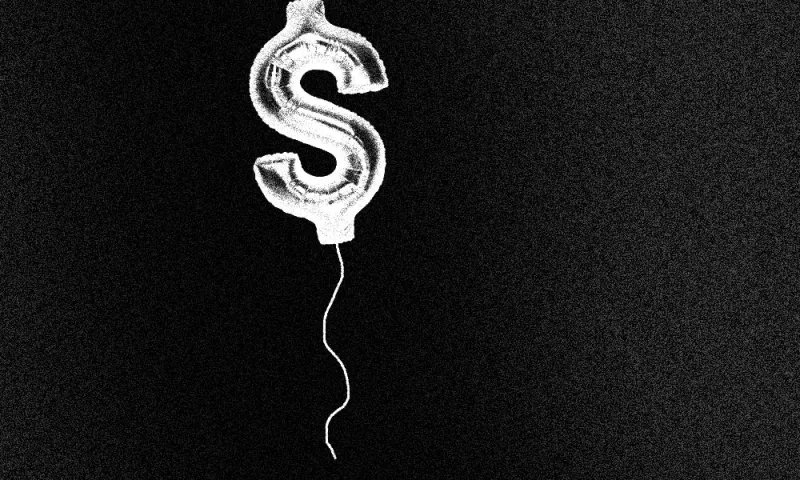Stakes in the most coveted private market funds are selling for well above face value, according to a new report from online secondaries market Palico.
The firm surveyed limited partners who have purchased stakes in closed funds over the past six months. It found that nearly two out of three funds are currently selling at their net-asset value or higher.
“This is the third time in a row — and only the third time overall — that Palico’s secondary pricing survey has recorded an average price of par or better,” the report stated. “This is occurring in a secondary marketplace where average pricing has historically been at a discount to net asset value.”
The survey included 36 private market vehicles, including buyout, private debt, infrastructure, and energy funds.
The most expensive fund identified in the survey was Waterland Private Equity Investments’ sixth fund, launched in 2015. A stake in Waterland Private Equity Fund VI priced at 121 percent of its net-asset value, according to Palico.
Other funds selling above par included the Baring Asia Private Equity Fund VI — another 2015 vintage — and Cinven V, which launched in 2013. Secondary stakes in these funds traded for 113 percent and 111 percent of net-asset value, respectively.
On the other end of the spectrum, a stake in 2005-vintage BC European Capital VIII priced at just 77 percent of net-asset value, while EnCap Energy Capital VIII — launched in 2011 — traded at 82 percent of its value.
Overall, the survey found that 64 percent of funds sold at par or better over the past six months, compared with 63 percent of funds sold in the second half of 2018. Average premiums for funds trading at or above net-asset value declined between the two periods — from 8 percent to 5 percent — but Palico said this was at least partially due to more stakes in older funds being sold in the first half of 2019. Early secondaries attract higher pricing because they are believed to have more potential upside, Palico said.
[II Deep Dive: Here Are the Private Equity Funds Winning the Secondary Market]
According to Palico, only 14 percent of funds traded so far this year were under four years old, while almost a third were “tail-ends,” or funds that are at least 10 years old.
The higher prices occurred as secondary transactions reached an all-time high for the first quarter, according to Palico. The firm reported that there was some $18 billion in secondary volume during the three-month period, citing industry estimates.
“Given that 60 percent of transactions typically occur in the second half of the year, 2019 looks on pace for a new annual secondary volume record of about $90 billion,” the report stated. “If such growth continues — even if delayed a year or two by a recession — the secondary market could easily surpass the $120 billion mark in two to four years.”







